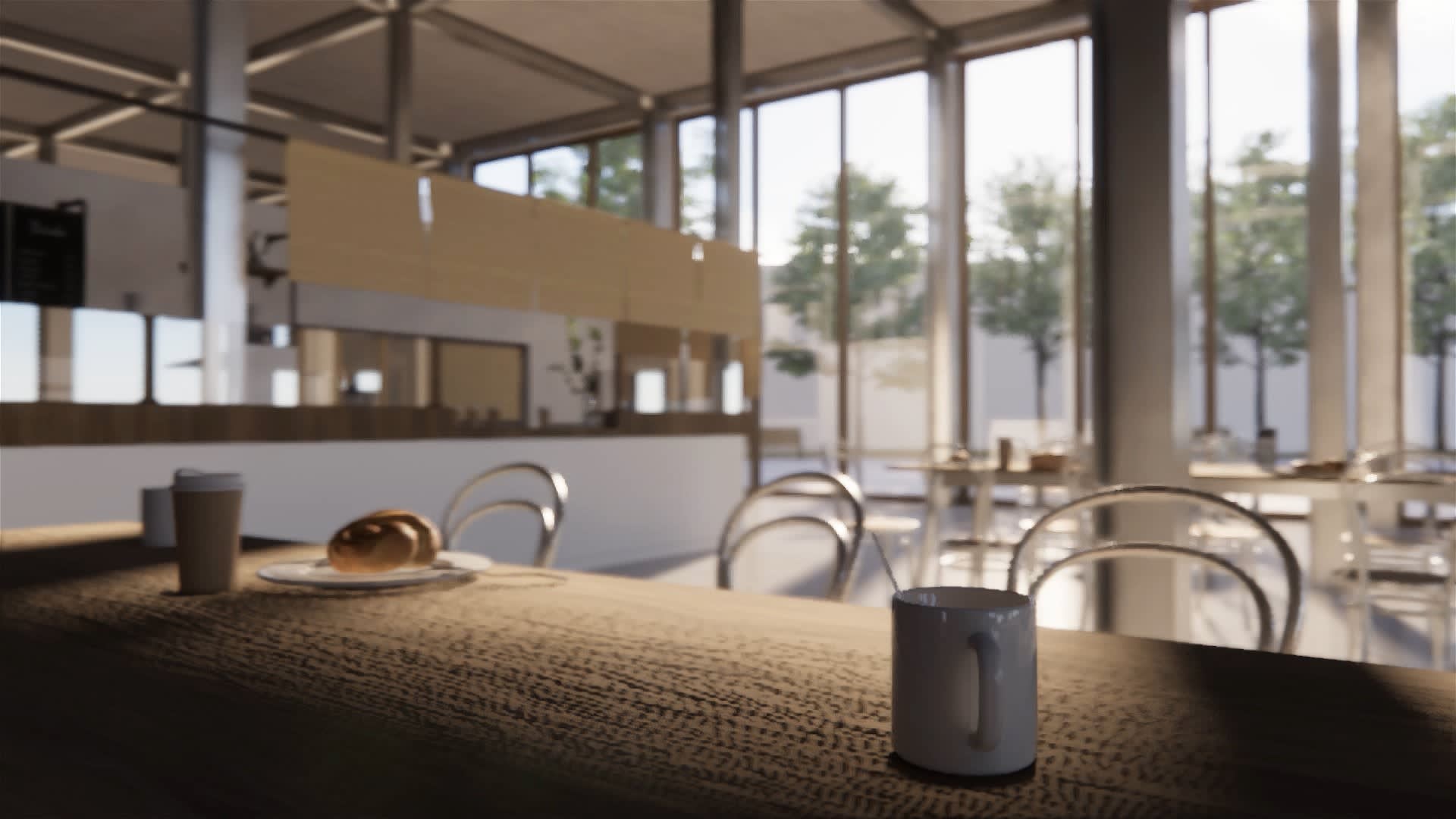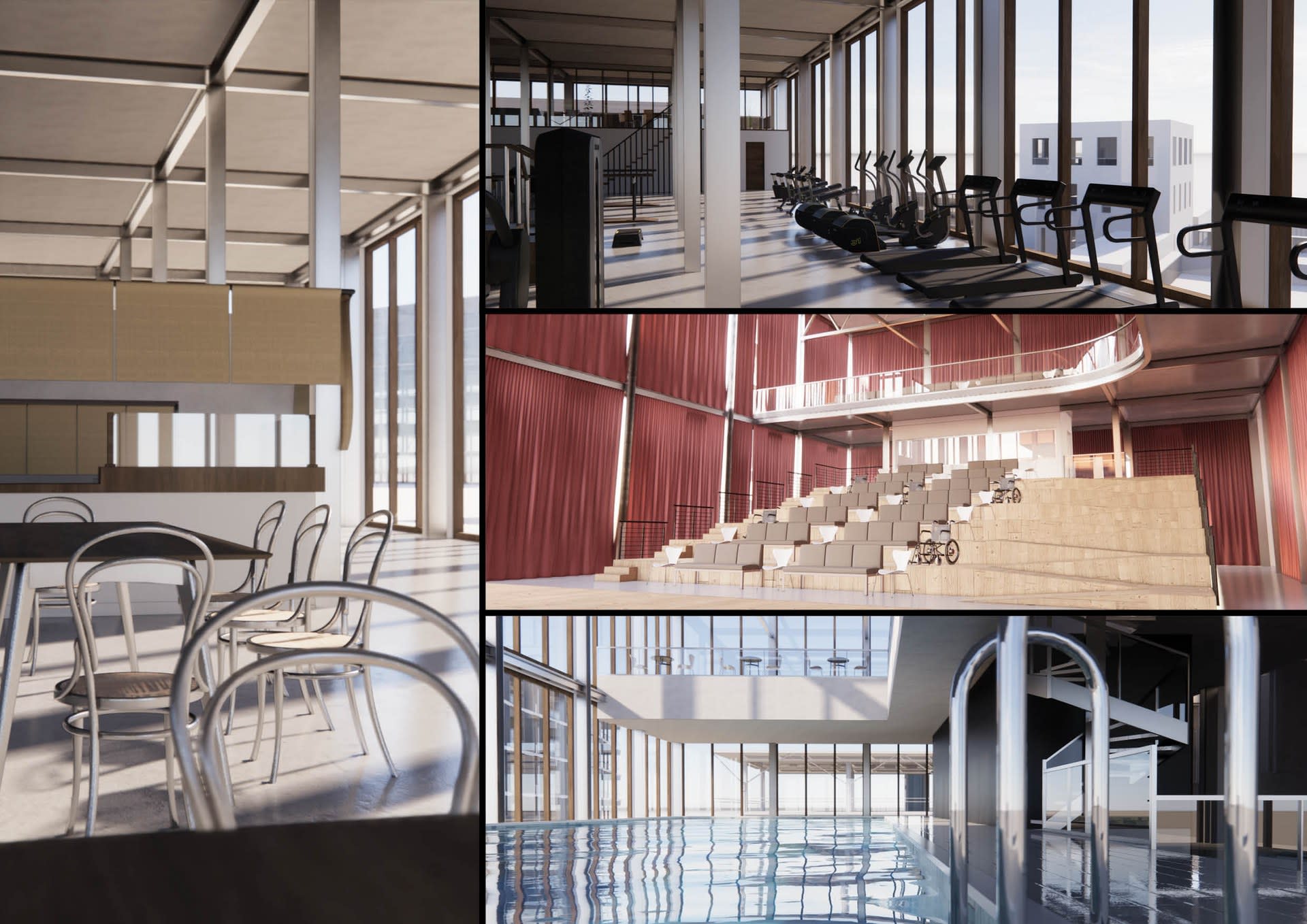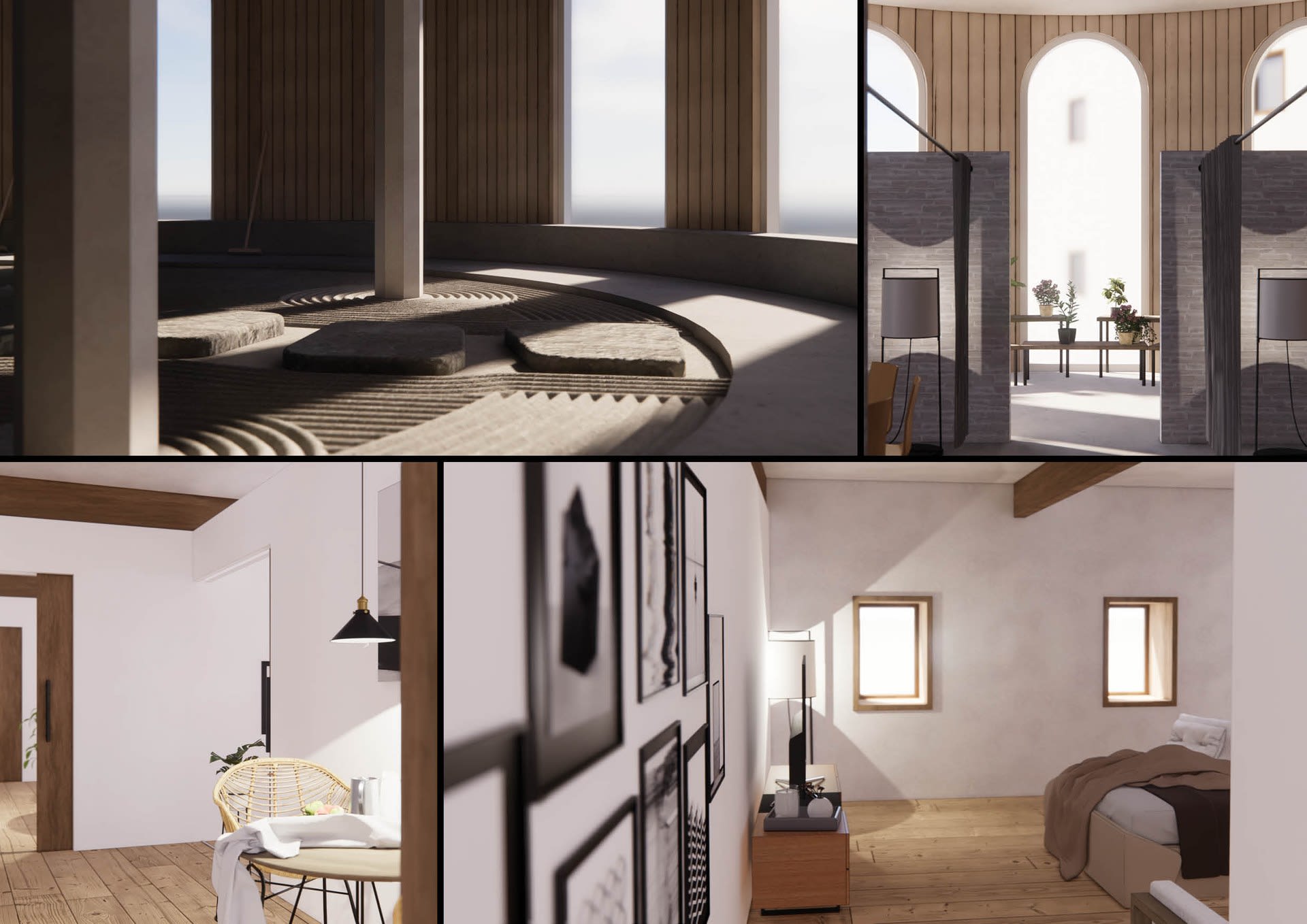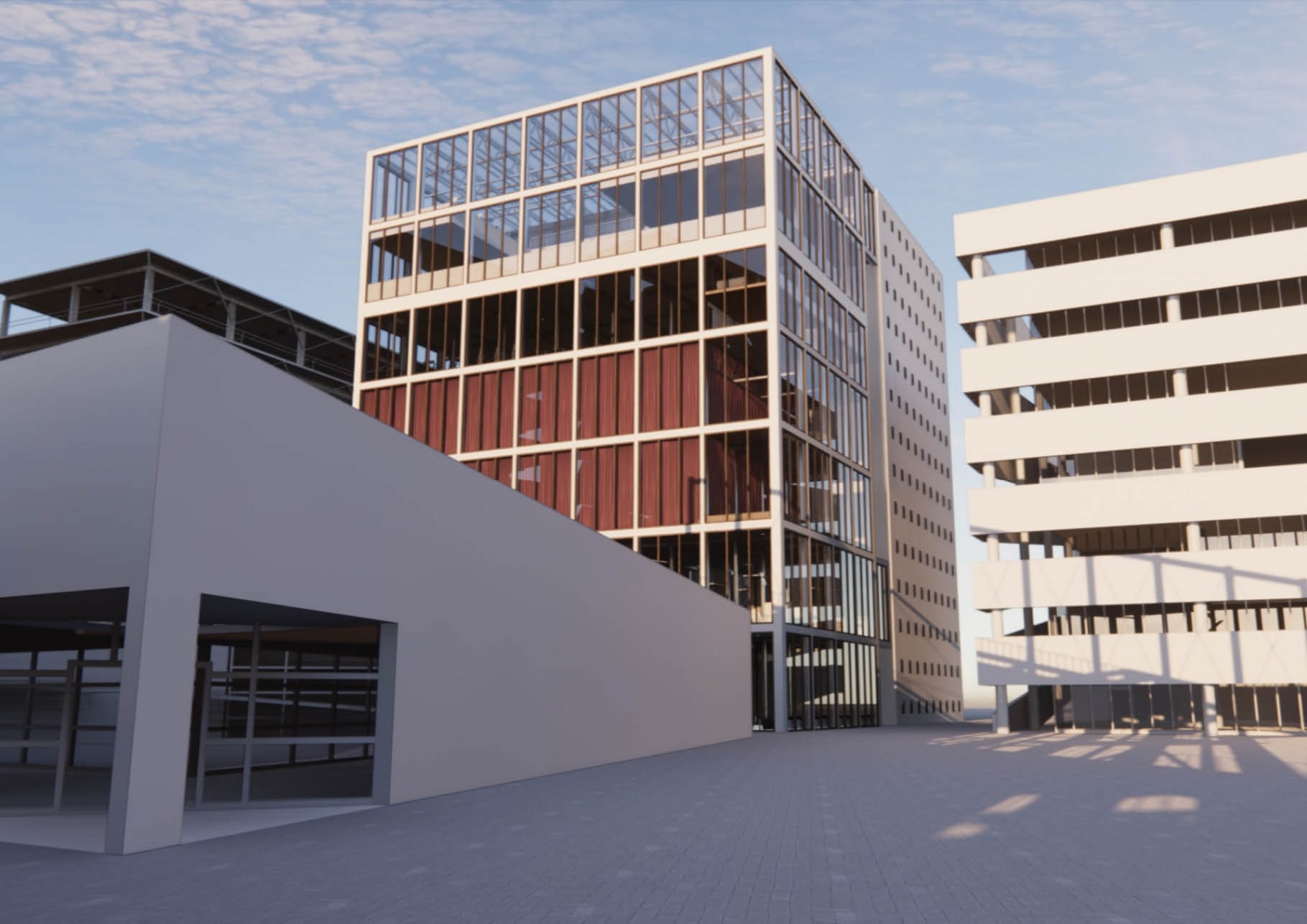Currently based in London, Jonathan had his bachelor BA(AS) at the University of Hong Kong, where he was graduated with Dean’s Honours List (2017 – 2018) and David Wong Memorial prize (2017 – 2018). To widen his experience and thirst for knowledge, he has joined multiple volunteers, internships, and competition over the past few summers, ranging from on-site constructions, concept designs, interior planning, façade designs, top-down planning, and many others. On top of that, these experiences also enlighten him on the importance of collective intelligence and user-centre designs. This belief is further enhanced as he worked for a year in Aedas before joining RCA, during which he cooperated with various teams and consultants over four commercial complex projects.
In previous academic years, he always works on projects that are radical and imaginative, like artificial ecosystems, horizontal skyscrapers, prototyping cave designs etc. Yet this year in ADS5 he investigates something more grounded and humble, he challenges the use of fundamental architectural element - corridor. Studied its effects on user experience, and explore and developed the found relationships.







